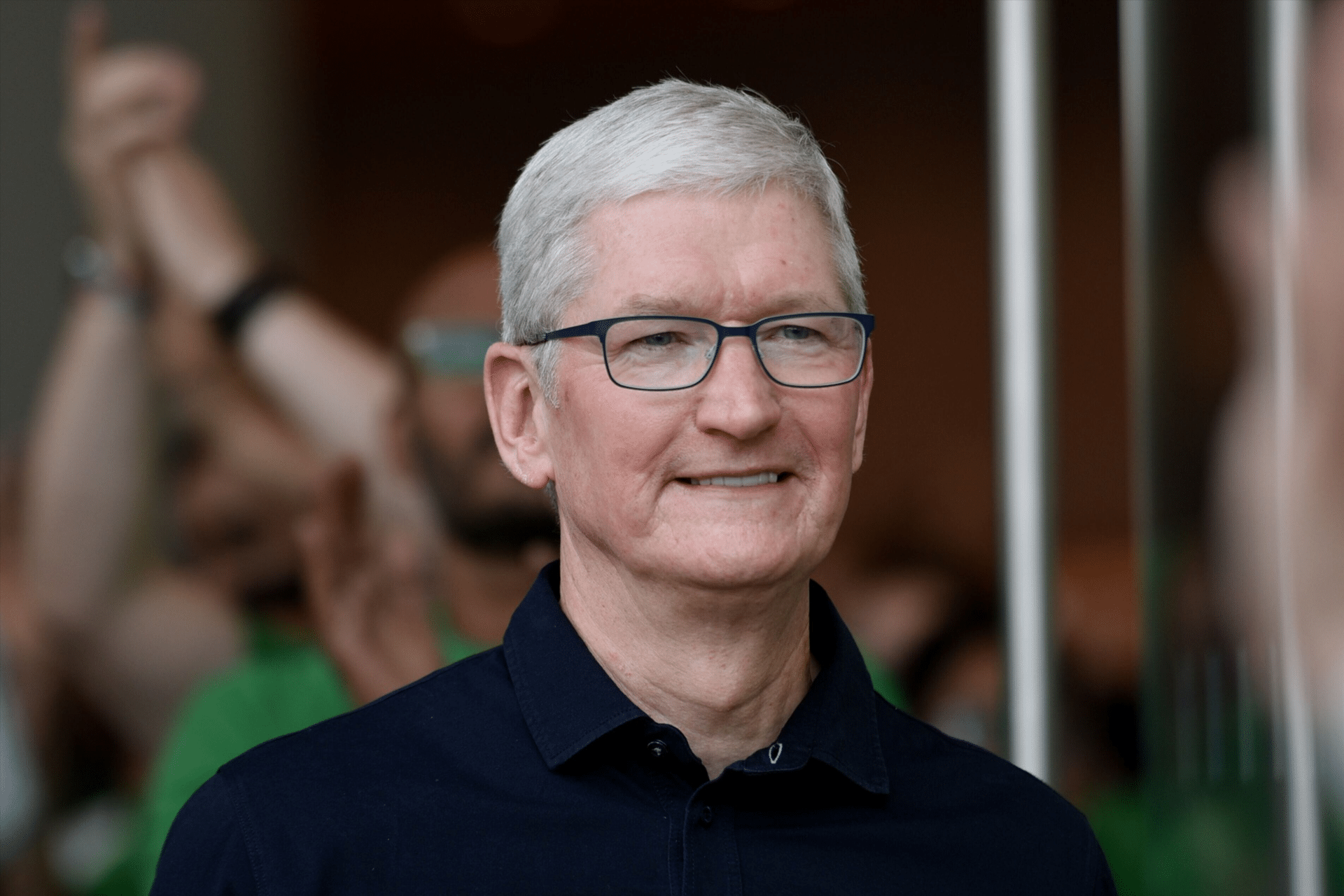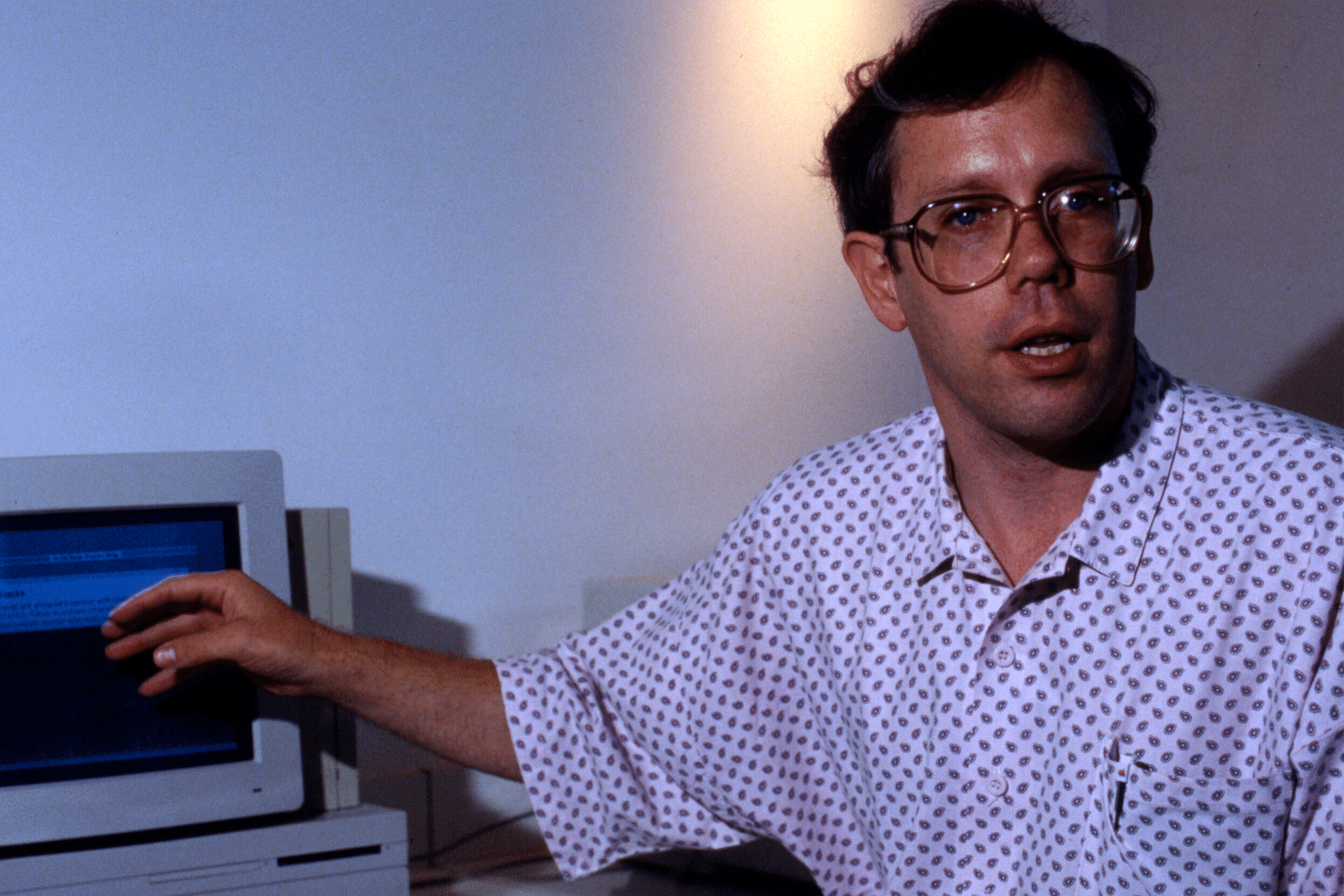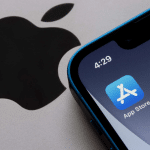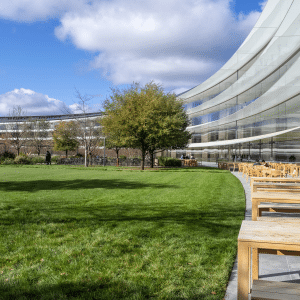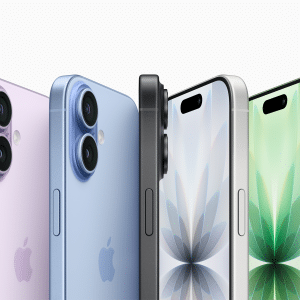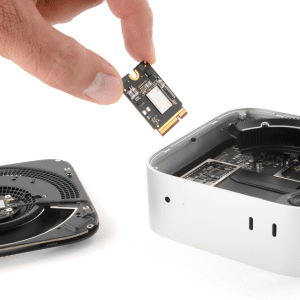Bill Atkinson, Apple’s employee number 51, joined the company in 1978 after being recruited by Steve Jobs from the University of Washington, where he was studying neurochemistry. His work on the Lisa and Macintosh computers revolutionized user interfaces.
Atkinson created QuickDraw, a graphics library that enabled the Macintosh’s groundbreaking visual interface, replacing text-based commands with windows and icons. He also developed MacPaint, a bitmap editing tool that introduced users to digital art creation, complete with now-iconic features like the selection lasso and “marching ants” animation.
Atkinson’s attention to detail defined Apple’s early design philosophy. A famous anecdote, shared by Wired, recounts how Steve Jobs walked Atkinson around a block to point out rounded rectangles in everyday objects like traffic signs, convincing him to integrate “RoundRects” into QuickDraw.
These rounded shapes became a hallmark of Apple’s user-friendly interfaces, still visible in today’s macOS and iOS designs. As John Gruber of Daring Fireball wrote, “Bill Atkinson may well have been the best computer programmer who ever lived,” a sentiment echoed by many in the tech community.
Pioneering HyperCard and Beyond
Atkinson’s most transformative contribution may be HyperCard, launched in 1987. HyperCard allowed users to create interactive applications using a simple, card-based system. It introduced hypertext—clickable links connecting information—years before the World Wide Web, inspiring technologies like JavaScript and the web itself. According to Ars Technica, HyperCard’s intuitive design empowered non-programmers to build software, from educational tools to early games like Myst, which shipped as a HyperCard application.
After leaving Apple in 1990, Atkinson pursued nature photography, earning acclaim for his vivid landscapes, as noted by TechCrunch. He also co-founded General Magic, a startup that developed early handheld computing devices, foreshadowing the iPhone and iPad. Despite his later ventures, Atkinson’s Apple tenure remains his defining legacy, with contributions that made computers accessible and engaging for millions.
Tim Cook’s Tribute and Industry Response
On June 8, 2025, Tim Cook shared his tribute on X: “We are deeply saddened by the passing of Bill Atkinson. He was a true visionary whose creativity, heart, and groundbreaking work on the Mac will forever inspire us. Our thoughts are with his loved ones.” The post sparked an outpouring of appreciation across tech communities.
Industry voices echoed Cook’s sentiments. Steven Levy of Wired recalled Atkinson’s “gleeful brilliance” and his ability to translate complex ideas into intuitive tools. His family’s Facebook post described him as a “remarkable person” whose fascination with consciousness shaped his life’s work.
Why It Matters
Atkinson’s innovations laid the foundation for modern computing. Features like pull-down menus, double-click gestures, and graphical interfaces are now standard across devices. For tech enthusiasts, his work represents the spirit of Apple’s early days—bold, creative, and user-focused. Casual users benefit daily from his legacy, whether clicking a link or dragging a window, without realizing the genius behind these interactions.
Bill Atkinson’s passing marks the end of an era, but his contributions endure in every Apple device. Survived by his wife, two daughters, stepson, stepdaughter, two brothers, four sisters, and dog, Poppy, Atkinson leaves a legacy that transcends code. As the tech world reflects on his impact, his work reminds us how one visionary can shape the way millions interact with technology, making it not just functional but inspiring.
